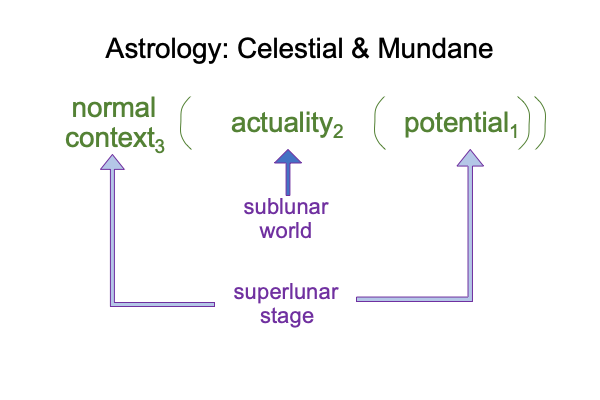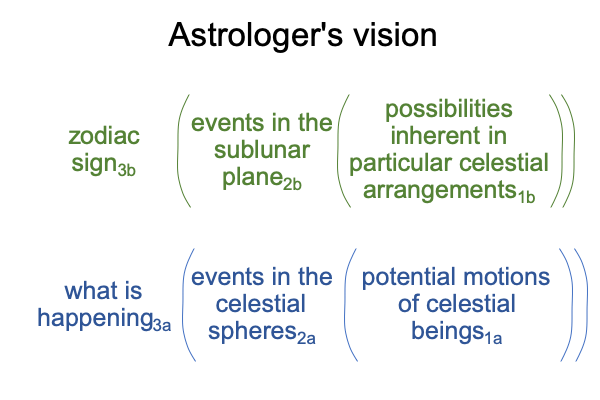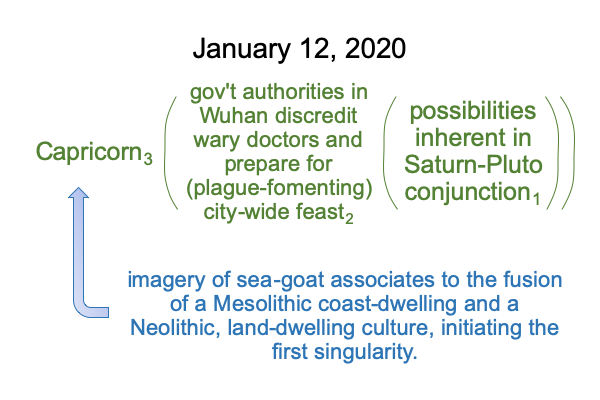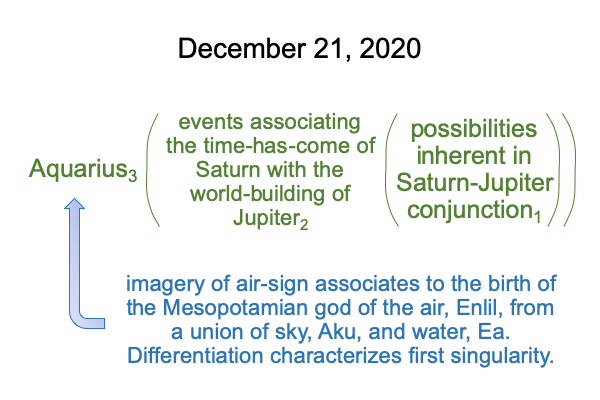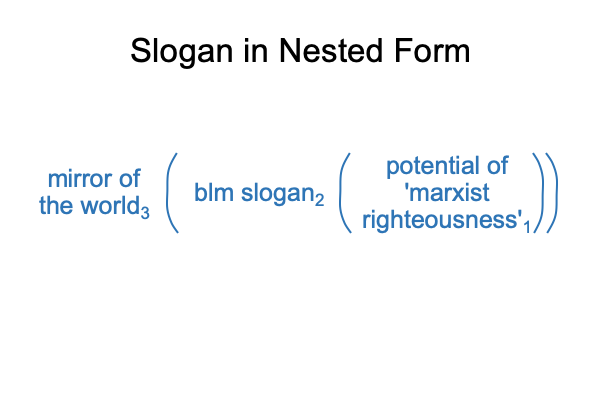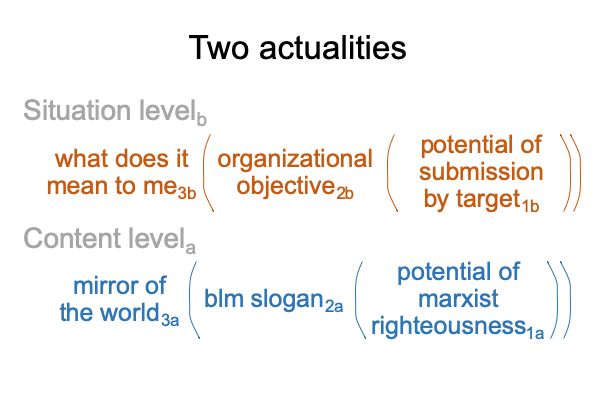Evolution and the Fall (Part 4)
0021 The Genesis stories of Adam and Eve point to a real recent, prehistoric transition.
The first singularity (B1) initiates cycles of formation, deformation and reformation (or annihilation) (B2).
0022 The contributors to the book, Evolution and the Fall, edited by William T. Cavanaugh and James K. A. Smith (2017, Eerdmans: Grand Rapids, MI, ISBN: 9780802873798), are not aware of the masterworks, The Human Niche, An Archaeology of the Fall and How To Define the Word “Religion”.
As such, they try to adapt traditional Christian theology to an insufficient scientific paradigm.
0023 As noted in Comments on Jacques Maritain’s Book (1935) Natural Philosophy, modern science does not permit metaphysics. Consequently, human evolution must be accounted for by material and instrumental causations, whether in natural history (adaptation) or genetics (phenotype). These are not sufficient, because the human niche is the potential of triadic relations. Triadic relations are real, yet immaterial. They entangle the material, but cannot be explained by it.
0024 Also, the modern paradigm for human evolution does not envision the fact that our current Lebenswelt is not the same as the Lebenswelt that we evolved in. The transition from hand-speech talk to speech-alone talk leaves only one type of archaeological trace, the appearance of trends towards unconstrained social complexity. Why? A change of the semiotic qualities of talk is not a material cause, it is an immaterial cause. Speech-alone talk potentiates unconstrained social complexity.
0025 Finally, some scholars, such as Rene Girard, capture essential features of our current Lebenswelt, and so are ignored by modern gatekeepers. The writers of the past few centuries are often not aware of the materialistic Zeitgeist in which they operate. They wear blinders. They do not see the object that brings all into relation. After all, there is no material or instrumental power greater than sovereign power. Is there?
0026 The three masterworks mentioned above offer novel scientific paradigms that (1) are consistent with current empirical knowledge and (2) transcend the proscription of metaphysics, by considering semiotics to be real. Semiotics entangles the material, but the material cannot explain triadic relations.
0027 The three masterworks offer a new, truly postmodern answer to the questions: Where do we humans come from? What went wrong? What is the cure?
Good places to start include Comments on Daniel Houck’s Book (2020) Aquinas, Original Sin and The Challenge of Evolution, as well as Comments on Five Views in the Book (2020) Original Sin and the Fall.

